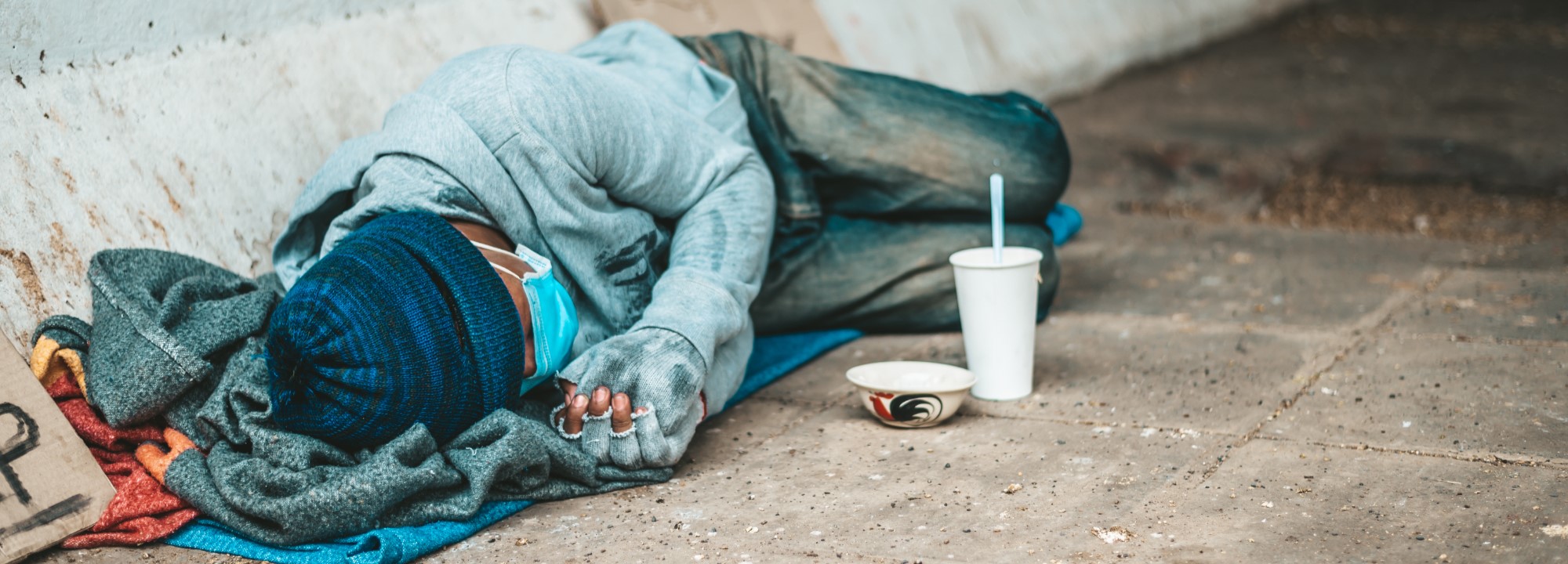Picture: stock
That is the finding of the new Australian Homelessness Monitor 2024, a report from the University of NSW and University of Queensland and supported by Homelessness Australia.
The report counted 2041 rough sleepers in NSW this year compared to 1353 in 2020.
All of the increase was in regional NSW; the number of rough sleepers counted in Sydney fell from 683 to 574 over the four years.
The NSW figure outstripped a national trend, the report found; rough sleeping numbers nationally are up 22 per cent in the three years to 2023-24.
The rise coincides with a drop in vacancy rates from 3.5 per cent in March 2020 to below 1.5 per cent by late 2021 and sustained through to this year.
Report author and UNSW research Fellow Chris Hartley says the NSW system is “under immense pressure”.
“Despite increased investment in NSW, the rising demand for homelessness services and the growing complexity of client needs are overwhelming a sector already stretched to its limits,” he says.
“The findings highlight that housing affordability stress is not just impacting the most vulnerable but is now pushing working Australians into homelessness at alarming rates.”
He says a lack of policy action and investment in social and affordable housing means the situation will only deteriorate.
Dom Rowe, CEO, Homelessness NSW says the findings highlight an urgent need for action in NSW.
“Prevention is key — we need greater investment in programs that stop people from becoming homeless in the first place,” he says.
“At the same time, the lack of affordable and social housing is leaving thousands stuck in crisis. NSW must prioritise building more social housing and ensure homelessness prevention initiatives are adequately funded to address the root causes of this growing crisis.”
The report also found that despite the growing demand for housing, allocations of social housing in NSW remained relatively stable at around 9000 lets per year, far from adequate to meet the rising need.
Priority housing allocations went from 5000 in 2019-20 to nearly 6500 in 2023-24, the report states, but the shortfall of social housing worsens the crisis.






